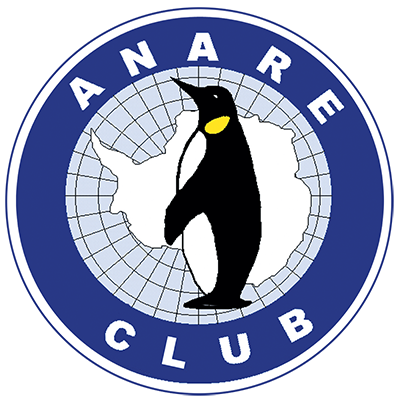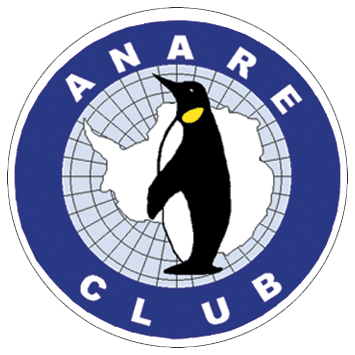Desmond Pancho Evans
Vale Desmond Pancho Evans
Mawson 58 and Wilkes 62
A friend of Pancho’s has rung to tell us that Pancho died today (15th November 2010) after a short illness. Pancho was the diesel mechanic at Mawson in 1958 and Wilkes in 1962. While at Wilkes he participated in several traverses including Totten Glacier and Vostok.
Pancho requested that no funeral be held,and that he be cremated and his ashes be scattered out in western port bay,where he spent much of his time fishing.
Lorraine Dolan.
This was posted on 16 November 2010.
So without a memorial service or funeral we have but our memories of Pancho, I would imagine that a glass will be raised in his memory in various locations around Australia, and without a doubt at the next luncheon of the Chelsea Pensioners.
Regards Ray ( Gaffer) McMahon
Vale – Desmond “Pancho†Evans
Pancho recently passed away after a long struggle with ill health. He had told me that his organs could not keep up with the fast pace of his early years. Also some seven years ago, Poncho was stricken with a case of shingles that doctors on the Morning ton Peninsula said they had not seen the like of before. The discomfort and pain he suffered dogged him until he end.
I first met Des in February 1949 when I joined the Army Apprentices School at Balcome in Victoria. Des was already a 1st Intake apprentice (Aug 1948) and a tall handsome bloke at the age of 17. He had a good-looking woman tattooed on one shoulder and he stood out amongst us 15 to 17 year olds. He had a quiet nature that never left him, a great dry sense of humor and was a very popular figure crooning and strumming his guitar. He always seemed to be sun tanned, said he could get a tan under a 40W light bulb!
Pancho wintered at Mawson in 1958 after getting seconded from his DUKW maintenance duties on that re-supply trip. Later in 1962 he was to serve at Wilkes and with his great mate “Gringo Collins, formed the dieso team that performed the miracles that enabled the six man party to successfully complete the Vostok traverse. Accounts of that then historic journey are worth reading in The Silence Calling or The Coldest Place on Earth.
On that traverse, Pancho proudly carried a small flag of his Corps, the Royal Australian Electrical and Mechanical Engineers (RAEME). He donated the flag to the Army Logistic Museum at Bandiana where it is on display. He explained to a lady who enquired as to what the three colours represented, that the blue was for the sea that was never crossed, the yellow for the sands that were never fought on and the red for the blood that was never shed. He was too polite to tell her as he would to male enquirers that RAEME stood for the Royal Arse End of the Military Establishment. He did not mean that of course as he was proud of the service he gave to his Corps, both in the Antarctic, Australia and PNG.
Sadly the shingles finally prevented Pancho from pursuing his love of fishing in Western Port Bay where he lived. Eventually he could no longer drive a car and he became even more reclusive than he had been in recent years.
It was no surprise to learn that Pancho’s ashes were scattered on the waters of Western Port Bay.
Noel Cooper
This was posted 5 December 2010



